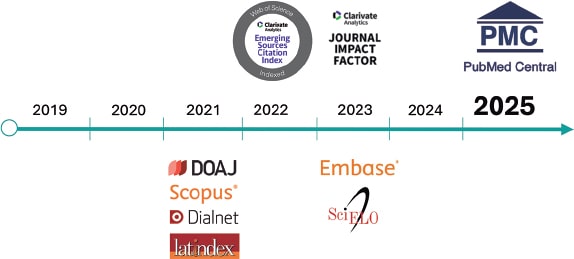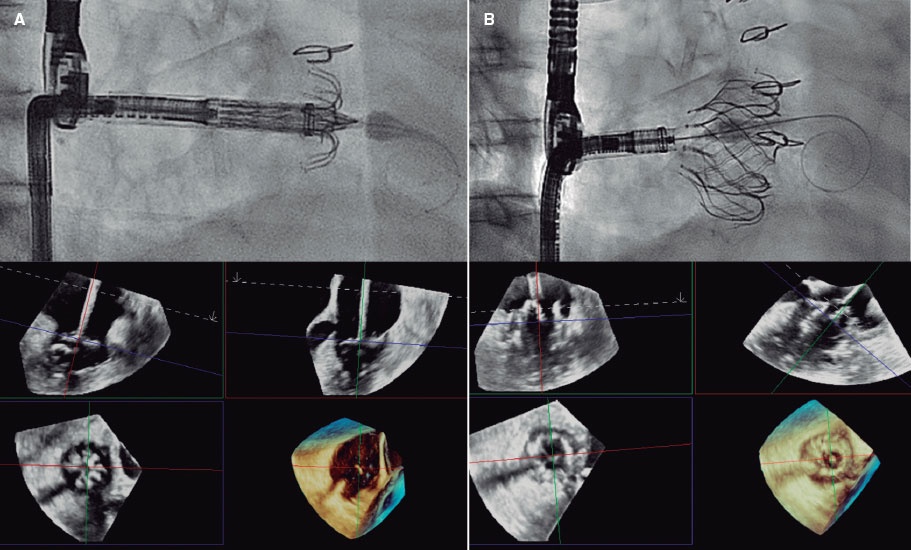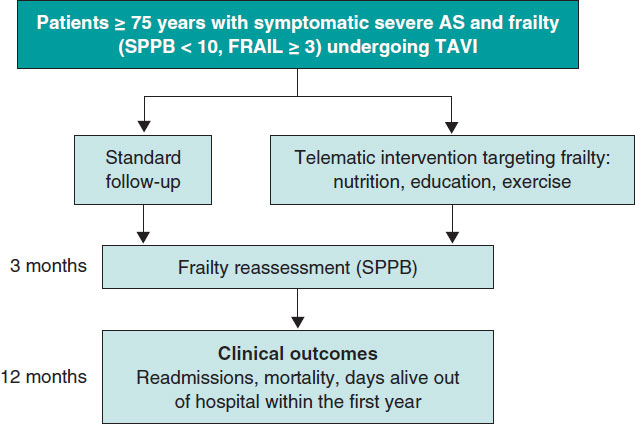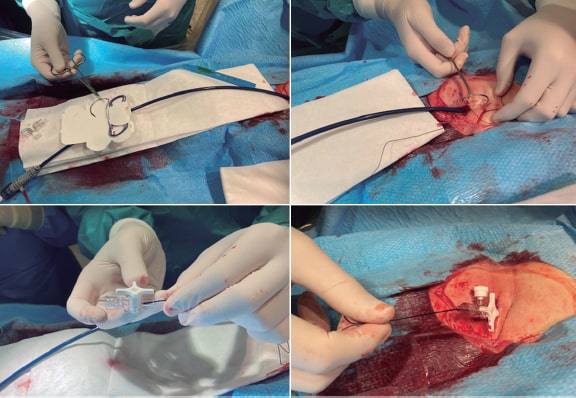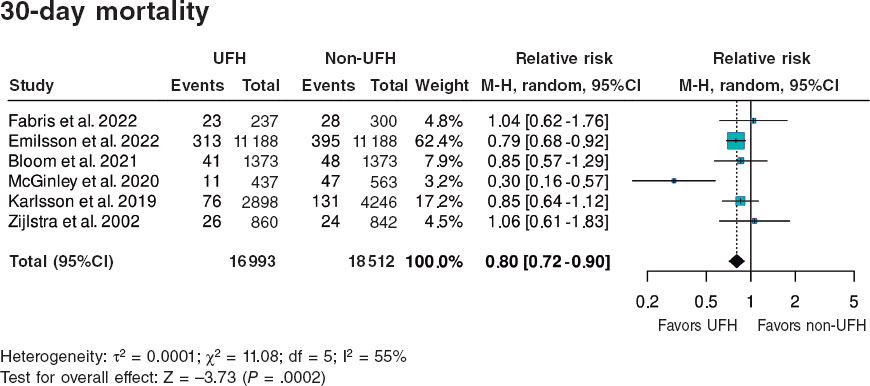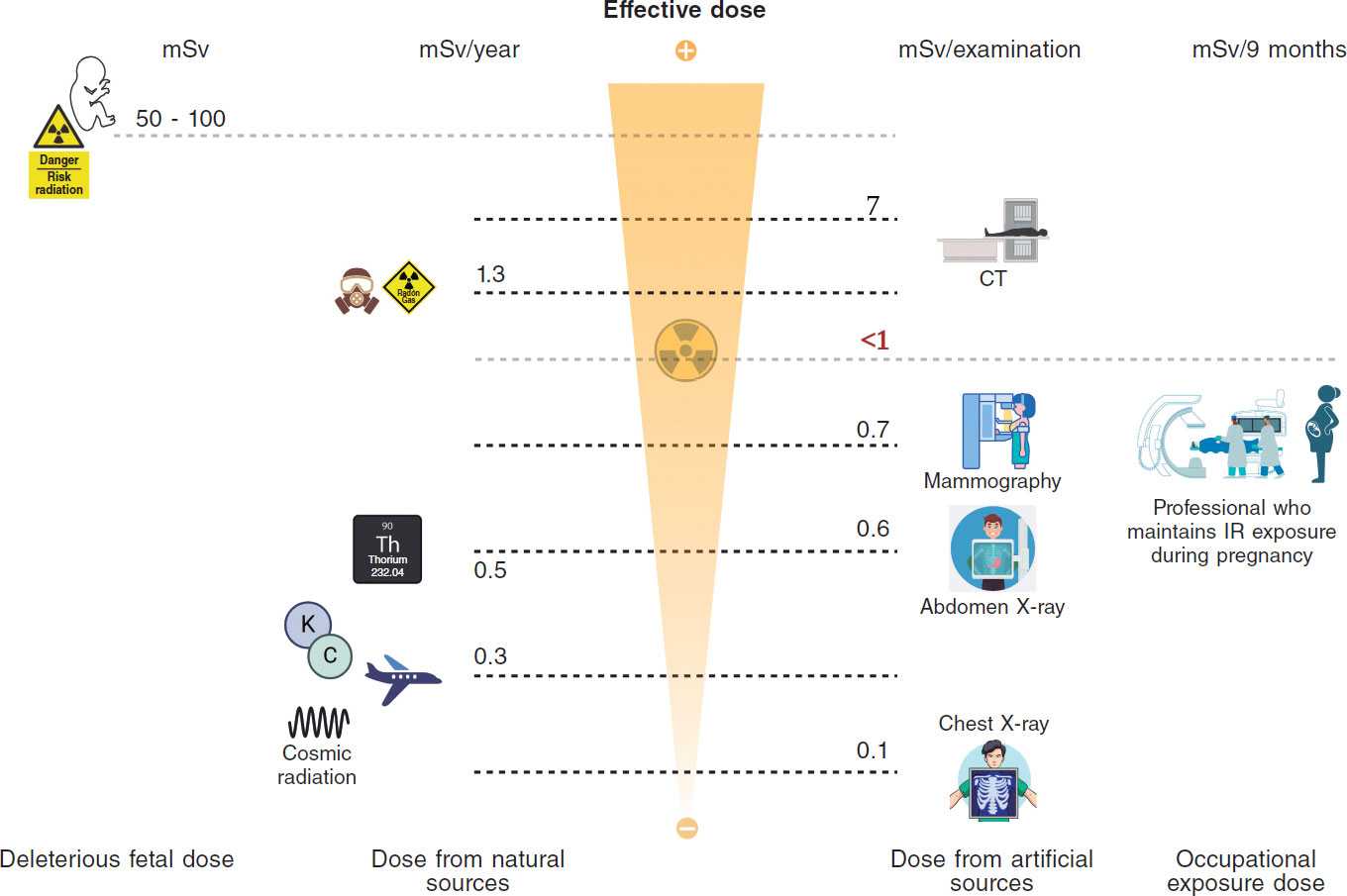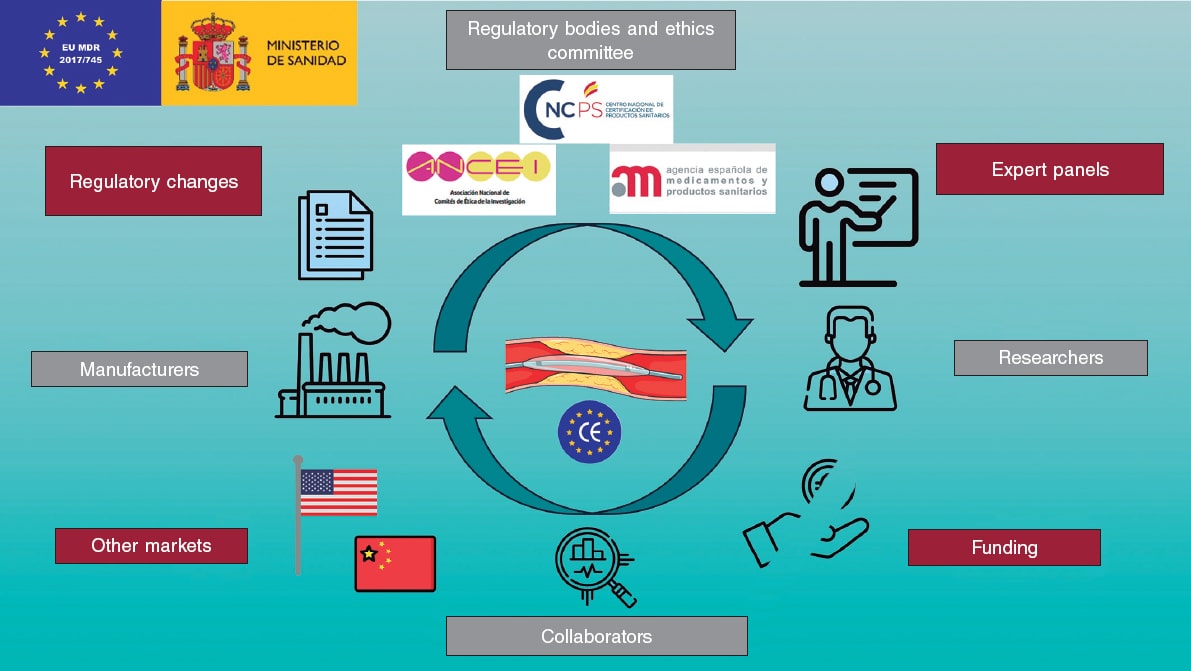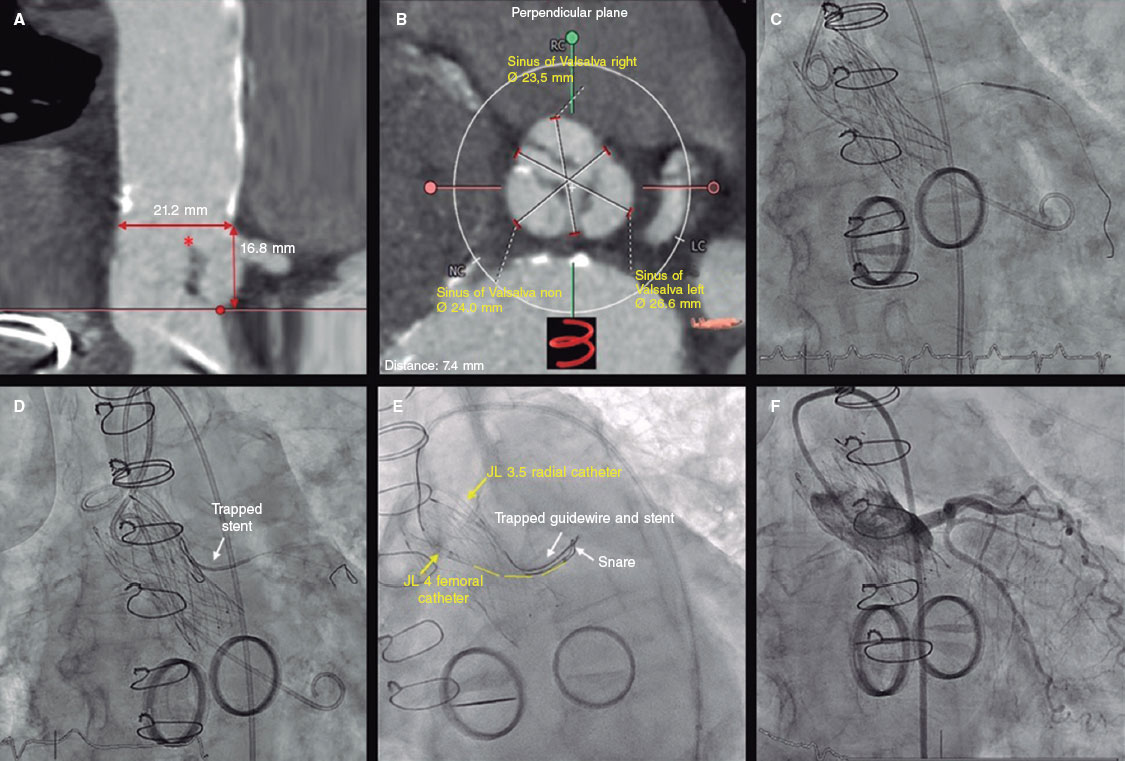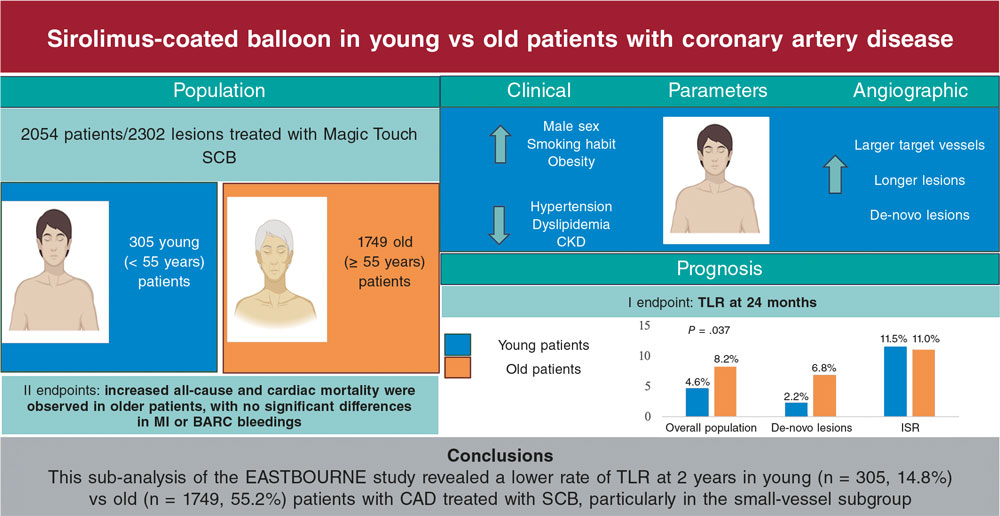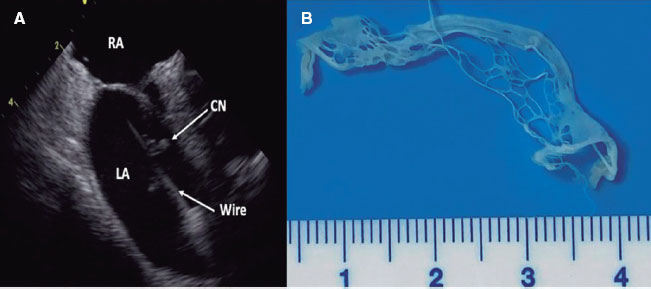To the Editor,
The use of drug-eluting balloons (DEB) represents a novel and growing alternative therapeutic strategy for patients with in-stent restenosis (ISR).1 A recent publication in REC: Interventional Cardiology presented the real-world safety and efficacy data on the use of the Essential Pro (iVascular, Spain) DEB in patients with ISR.2 A potential limitation of such analysis is that overall outcome event rates may be influenced by those treated more recently with short-term follow-up. These patients might not have been followed long enough to see whether they developed adverse events, thus systematically underestimating the adverse event rates. Therefore, we present the updated follow-up of that cohort reporting the results of patients, at least, 1 year from DEB use, both at the 1-year and total follow-up after DEB use (table 1).
Table 1. Updated 1-year and overall follow-up
| n = 150 | Death | MI | TLR | LT | MACE |
|---|---|---|---|---|---|
| 1-year, % (n) | 1.3 (2) | 2.0 (3) | 3.3 (5) | 0 (0) | 6.0 (9) |
| All follow-up, % (n) | 1.3 (2) | 2.0 (3) | 12.9 (10) | 0 (0) | 17.7 (14) |
|
The 1-year rate are crude estimates, all follow-up analysis are presented as per Kaplan-Meier analysis. LT, lesion thrombosis; MACE, major adverse cardiovascular events; MI, myocardial infarction; TLR, target lesion revascularization. |
|||||
The original study was approved by the local institutional review board. Furthermore, patients gave their prior written informed consent for inclusion and follow-up, which had no additional procedures compared with the original study. A total of 150 out of the original 160 patients included had been using the DEB for at least 1 year. The 12-month follow-up was completed in 94.7%. Among these patients, the rates of death, myocardial infarction, and target lesion revascularization (TLR) were 1.3%, 2.0%, and 3.3%, respectively. There were no cases of lesion thrombosis. The rate of major adverse cardiovascular events (MACE) was defined as a composite of all-cause mortality, myocardial infarction, target lesion revascularization, or lesion thrombosis. The 1-year incidence of MACE in patients with complete follow-up was 6%.
The updated overall follow-up in those 150 participants had a median of 612.7 days (interquartile range 25–75, 428–726 days; maximum, 1213 days). The Kaplan-Meier estimates were 1.3% for death, 2.0% for myocardial infarction, 12.9% for TLR, and 17.7% for MACE. There were no cases of lesion thrombosis.
The presented extended follow-up shows single digit MACE and TLR at 1 year, and TLR and MACE rates of 12.9% and 17.7% respectively at a median of 20 months, which compares favorably relative to a recent investigational device exception randomized trial with a TLR rate of 13% at 1 year, and similarly to other studies with 11.3% at a mean follow-up of 18 months.3,4 Although differences among the population and limitations in the current study procedures may explain, at least, partly the observed differences, the results presented in this article are reassuring on the safety and efficacy profile of the Essential Pro DEB in patients with ISR.
FUNDING
None declared.
ETHICAL CONSIDERATIONS
The original study was approved by the local institutional review board and patients gave their prior written informed consent for inclusion and follow-up. Study plan, execution, analysis, and report followed the SAGER guidance for gender discrepancies. This follow-up had no additional procedures compared with the original study.
STATEMENT ON THE USE OF ARTIFICIAL INTELLIGENCE
We did not use artificial intelligence for this study.
AUTHORS’ CONTRIBUTIONS
L. Padilla conceived the study. J. Tello gathered data essential for this extended follow-up. P. Lamelas executed statistical analysis and drafted the manuscript. All authors read the final version of this article and approved its content.
CONFLICTS OF INTEREST
None declared.
REFERENCES
1. Giustino G, Colombo A, Camaj A, et al. Coronary In-Stent Restenosis:JACC State-of-the-Art Review. J Am Coll Cardiol. 2022;80:348-372.
2. Padilla L, Liberman F, Tello J, et al. Safety and efficacy of the Essential Pro paclitaxel drug-eluting balloon for the treatment of coronary in-stent restenosis. REC Interv Cardiol. 2024. 2024;6:166-171.
3. Yeh RW, Shlofmitz R, Moses J, et al. Paclitaxel-Coated Balloon vs Uncoated Balloon for Coronary In-Stent Restenosis:The AGENT IDE Randomized Clinical Trial.JAMA. 2024;331:1015-1024.
4. Cui KY, Lyu SZ, Zhang M, Song XT, Yuan F, Xu F. Drug-Eluting Balloon versus New-Generation Drug-Eluting Stent for the Treatment of In-Stent Restenosis:An Updated Systematic Review and Meta-Analysis. Chin Med J (Engl). 2018;131:600-607.


